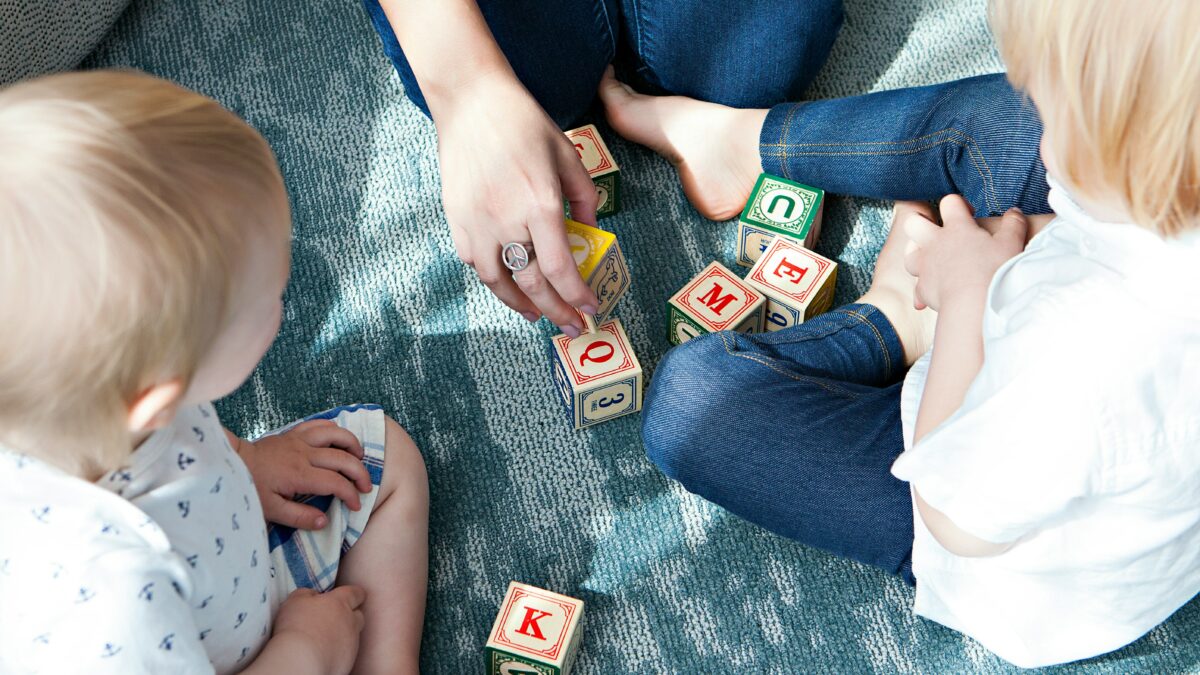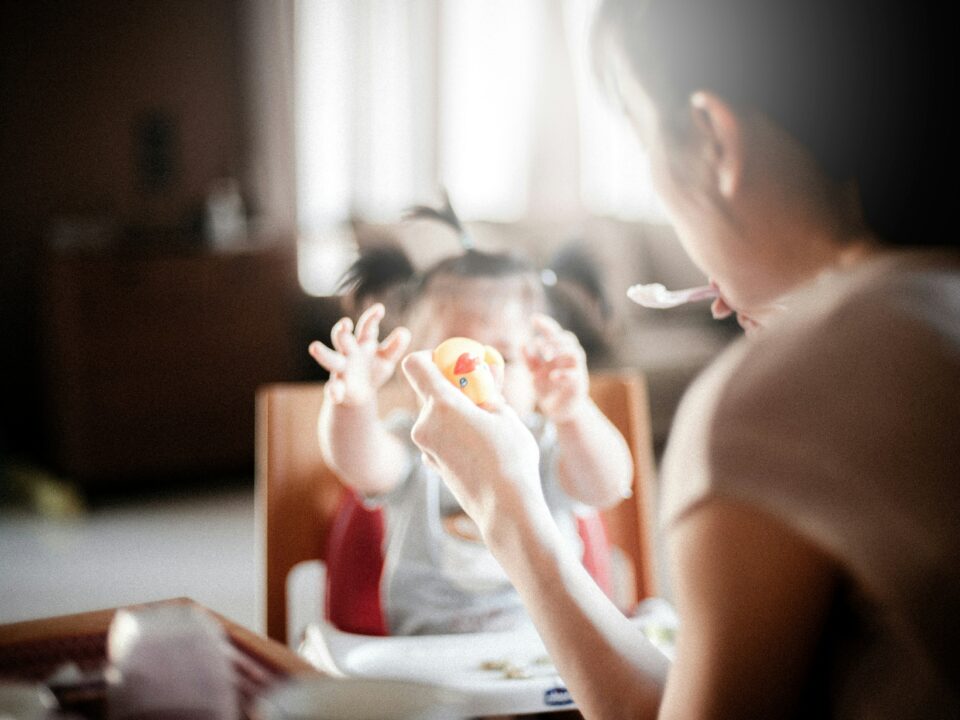Child Arrangement Orders: Resolving Disputes

When parents separate, deciding how to arrange childcare can be challenging. Child Arrangement Orders (CAOs) provide a legal framework to establish where children will live and how they’ll spend time with each parent. This comprehensive guide explores the process, requirements, and considerations for obtaining a Child Arrangement Order in the UK.
What is a Child Arrangement Order?
A Child Arrangement Order is a legal order made by the family court that regulates where a child will live, who they will spend time with, and when contact will occur. These orders replaced the previous system of contact and residence orders, providing a more flexible approach to post-separation parenting arrangements.
Each Child Arrangement Order is tailored to the specific circumstances of the family and what’s in the best interests of the child, meaning there’s no such thing as a “standard” arrangement.
When Are Child Arrangement Orders Needed?
Child Arrangement Orders typically become necessary when:
-
Parents cannot agree on living arrangements following separation
-
There are concerns about a child’s welfare
-
One parent is being denied contact with their child
-
There are disputes about specific aspects of childcare
The Legal Process for Child Arrangement Orders
Mediation Information Assessment Meeting (MIAM)
Before applying to court, most applicants must attend a Mediation Information and Assessment Meeting (MIAM) to explore whether mediation could help resolve the dispute without court intervention. There are some exemptions to this requirement, particularly in cases involving domestic abuse or urgent situations.
Application to Court
If mediation isn’t suitable or doesn’t resolve the issues, you can apply to the court using Form C100. The court fee for this application is currently £215.
First Hearing Dispute Resolution Appointment (FHDRA)
Once you’ve applied, the court will schedule a First Hearing Dispute Resolution Appointment. This typically takes place 6-8 weeks after application. At this hearing, the court will:
-
Consider any safeguarding issues
-
Explore whether an agreement can be reached
-
Decide what further steps are needed
CAFCASS Involvement
The Children and Family Court Advisory and Support Service (CAFCASS) may be asked to prepare a report about the family situation. This typically takes around 12 weeks to complete.
Further Hearings and Final Order
If no agreement is reached at the FHDRA, the court may schedule further hearings. The entire process from application to final order typically takes between 6-12 months, depending on the complexity of the case and whether there are safeguarding concerns.
What Will the Court Consider?
When making decisions about child arrangements, the court follows the welfare checklist from Section 1(3) of the Children Act 1989, considering:
-
The child’s wishes and feelings (appropriate to their age and understanding)
-
The child’s physical, emotional, and educational needs
-
The likely effect of any change in circumstances
-
The child’s age, sex, background, and relevant characteristics
-
Any harm suffered or risk of harm
-
How capable each parent is of meeting the child’s needs
-
The range of powers available to the court
The court’s priority is always the welfare of the child, and it must consider whether making no order at all would be better for the child (the “no order” principle).
What can a Child Arrangement Order include?
A Child Arrangement Order can include various provisions tailored to the specific family situation. Common elements include:
-
Who the child will primarily live with
-
When and how the child will spend time with the other parent
-
Specific arrangements for holidays, birthdays, and special occasions
-
Communication methods when the child is with the other parent
-
Arrangements for school events and activities
Child Arrangement Orders typically fall into several categories:
Contact Orders and Living With Orders
-
Contact orders specify the terms on which a non-custodial parent can have contact with a child
-
Living with orders establish where the child will primarily reside
Specific Issue Orders and Prohibited Steps Orders
-
Specific issue orders determine particular matters relating to the child’s upbringing, such as education choices
-
Prohibited steps orders prevent a parent from taking certain actions, such as relocating the child abroad
How long does it take to get a Child Arrangement Order?
The timeframe for obtaining a Child Arrangement Order varies based on several factors:
-
If parties reach an agreement through mediation, the process can be relatively quick
-
For court applications, it typically takes 6-8 weeks from application to the first hearing
-
When CAFCASS needs to produce a report, this usually adds about 12 weeks to the timeline
-
The total process generally takes between 6-12 months to achieve a final order
Cases involving safeguarding concerns or complex disputes tend to take longer. While the court can sometimes address urgent matters quickly, it must always complete safeguarding checks before making a final order.
Varying a Child Arrangement Order
Family circumstances change over time, and children’s needs evolve as they grow older. The court recognises this reality, making it possible to apply for variations to an existing Child Arrangement Order.
To vary an order:
-
Try to reach an agreement first: If all parties agree to the changes, you can create a draft Consent Order detailing the new arrangements. Each parent must sign this document, which is then submitted to the court for approval. Once approved, the new terms become legally binding.
-
Court application if agreement isn’t possible: If you cannot reach an amicable agreement, you’ll need to apply to the court to vary the existing order. The person making the application must demonstrate that their proposed changes are in the child’s best interests.
It’s important to note that while parties can informally agree to depart from the arrangements in the order, these changes are not legally binding unless the order is formally varied by the court. If the informal agreement breaks down, the parties must revert to the original order.
Changing a Child’s Surname When a Child Arrangement Order is in Force
When a Child Arrangement Order (CAO) is in force, there are specific legal restrictions regarding changing a child’s surname. Section 13(1)(a) of the Children Act 1989 explicitly states that while a CAO is in force, “no person may cause the child to be known by a new surname… without either the written consent of every person who has parental responsibility for the child or the leave of the court”.
This means that if you wish to change your child’s surname while a CAO is in place, you must either:
-
Obtain written consent from everyone with parental responsibility – This includes all parties named in the CAO and anyone else who has acquired parental responsibility through other means.
-
Apply to the court for permission – If consent cannot be obtained from all parties with parental responsibility, you must apply to the court for a Specific Issue Order.
What is the cost of a Child Arrangement Order?
The costs associated with obtaining a Child Arrangement Order include:
-
Court fees: The basic application fee is £215.
-
Legal representation: This is typically the most significant expense. Solicitors generally charge between £150-£300 per hour, while barristers may charge £200-£500 per hour.
-
Mediation costs: Mediation is usually much more cost-effective than going to court. On average, clients spend about £1,000 to agree on child arrangements through mediation, compared to approximately £15,000 to litigate through the courts.
-
Additional expenses: These may include travel costs, childcare during court appearances, and other miscellaneous expenses.
The total cost varies significantly depending on the complexity of your case and whether you can reach an agreement without extensive court proceedings. Legal aid may be available in some circumstances to help cover these costs.
Alternatives to Court
Mediation and other forms of alternative dispute resolution can be more cost-effective and less adversarial ways to resolve child arrangement disputes. These approaches often lead to more sustainable agreements and better co-parenting relationships.
Conclusion
Child Arrangement Orders provide a legal framework for resolving disputes about children’s living arrangements after parental separation. While the process can be lengthy and sometimes costly, these orders help ensure that arrangements are made in the child’s best interests. Whenever possible, parents are encouraged to reach agreements through mediation or negotiation, reserving court proceedings for situations where agreement isn’t feasible or there are welfare concerns.
For complex cases or when you’re unsure about your rights and responsibilities, seeking professional legal advice is recommended to navigate the process effectively. Get in touch with our team today to help you with your child arrangement order.


